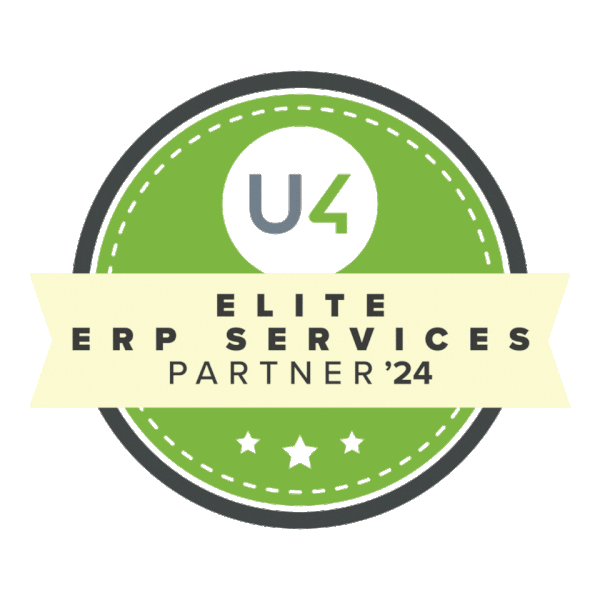Large-scale IT implementation projects often require significant manpower, financial and technical resources, and several months to complete. ERP implementation is no different.
However, there are steps you can take before you begin an ERP implementation project. Like any other activity in life, preparation and readiness are key factors that lead to implementation success.
The following activities can be performed in advance if you are planning to implement an ERP. Taking the initiative to follow these steps prior to the final agreement will help accelerate the project and send a positive message to all the stakeholders involved in the organization.
Determine your personnel requirements
One of the most important factors for the success of your implementation is the structure of your team. And it’s vital that you determine its structure – and its members – beforehand. Who’s going to be involved, and for which parts of the project will they be responsible or accountable? What obstacles will need to be removed, and who will be tasked with removing them? Who will ultimately be responsible for setting milestones, assigning duties, and ensuring the project is delivered on time? Prepare your team in advance for the effort.
Develop change management strategy
Change is difficult even when it’s inevitable – for both individuals and organizations. It’s important that you think about your ERP as a change management program, and develop a strategy that supports change among leadership and teams. Organizational leadership should always provide the vision and momentum for change – especially as without their involvement, it’ll be difficult to drive adoption at every level and align teams to new strategic priorities. Make sure that your senior colleagues are on your side. Your IT team should also be properly engaged, as their buy-in will be essential to minimizing risk and ensuring your end users have access to the tools they need to work with properly throughout the process.
Beyond this, you’ll need to be aware that resistance to change is a natural part of the process. A part that arises because even when there’s an appetite for better tools,
conditions on the ground often make their adoption difficult. Speak to your users and identify the choke points and you’ll have a much easier time overcoming them.
Identify your existing systems and the changes they’ll require
What systems are you using now? Which of them will need to be replaced or integrated with your new ERP system? Traditionally, this would be the time to consider how your legacy systems would integrate with your shiny new ERP. However, with more and more companies choosing to implement in the cloud, this is less of a concern. Instead, you should be identifying how a move to the cloud will change the way your people interact with the tools they rely on now, and consider how you expedite the learning curve through project planning and training schedules.
Prepare for data migration
Data migration is a key activity in any implementation. The popular phrase “garbage in – garbage out” is true for all systems. It’s thus necessary to plan carefully how you´re going to extract and migrate your data so that the new ERP system will be off to a good start.
As above, the increasing prominence of cloud solutions makes some migration challenges a thing of the past, while introducing new challenges of its own. You’ll need to devise clear policies around where your new solution warehouses data to stay on the right side of regulatory and compliance rules, for instance, and you’ll also need to ensure that your new platform can comfortably collate data from a plethora of different sources.
Identify existing processes – and how the implementation will impact their smooth running
The implementation project is not only about IT. In fact, it’s mostly about your business processes.
In preparation for the design phase of the project, invest some time in speaking to employees on the ground, and map out the processes they rely on to get their jobs done. This will help you to identify the processes critical for operational smooth running, and plan ways to keep them online throughout the implementation timeline. Preventing lost time and revenue and helping to keep your people engaged with the change.
Take time to think about your vision for success
There are many things you can do before an implementation effort beyond what we’ve discussed here – from preparing training, plans and more. One often overlooked – and arguably essential – step is the crafting of a vision for your success – including establishing firmly what problems you hope your new ERP will solve, what the implications are of doing nothing, and, crucially, who will own the project.
A strong strategic vision for your project will help you determine how your new ERP will interact with the rest of your ecosystem, the functionality it will provide, and the total cost and benefit it will represent. This will also help you to understand the scope of the job, whether or not you’ll need outside help, and give you a realistic idea of how ready you are to flip the switch on implementation before you get started.





